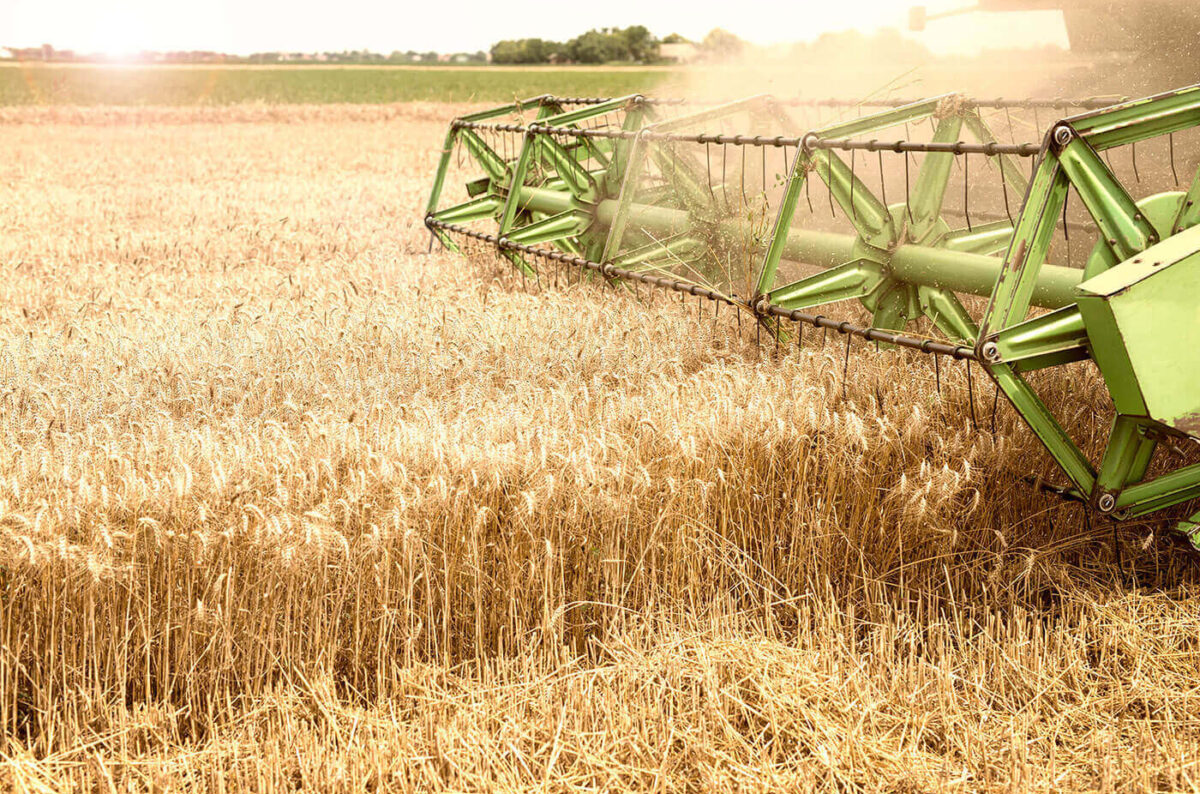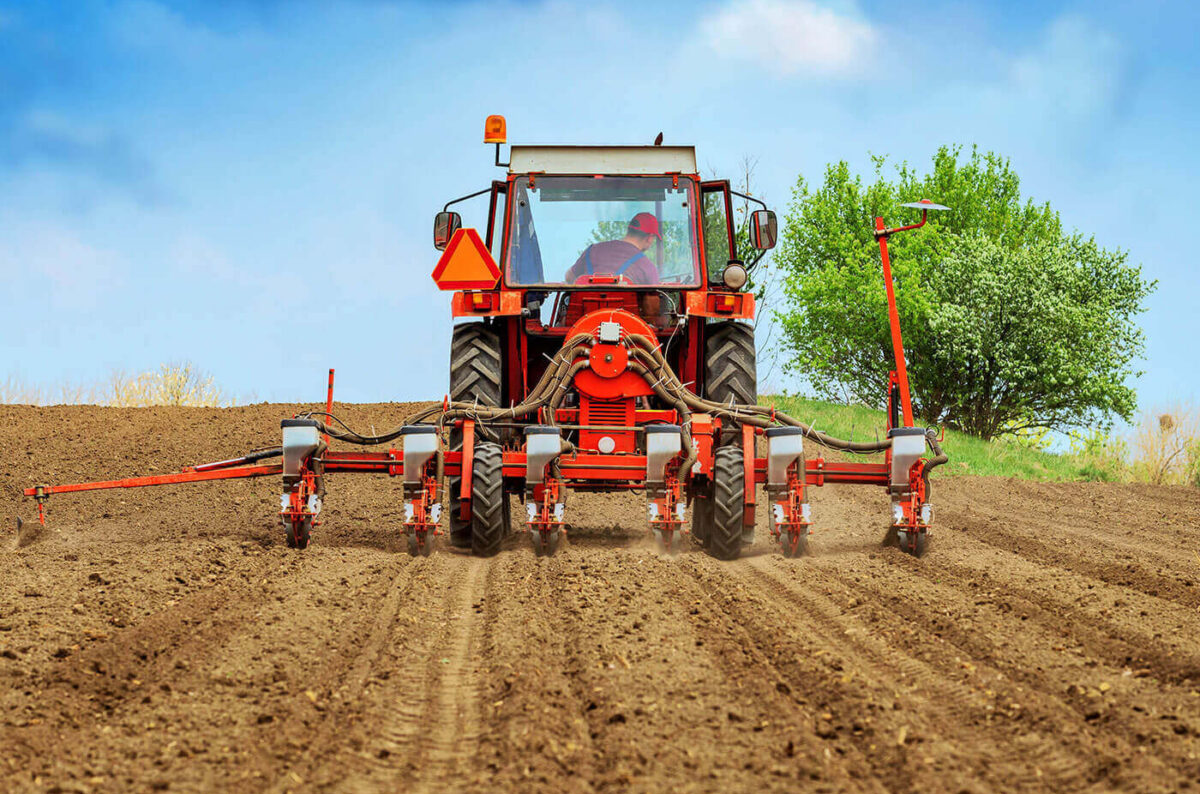
- Food Waste
- November 12, 2022
Across farm fields and animal operations worldwide, a silent threat is brewing—one that could potentially undermine decades of medical progress. Antimicrobial resistance (AMR) represents one of the most pressing public health challenges of our time, and agriculture stands at a critical crossroads in this unfolding crisis. This article explores the complex relationship between agricultural practices and the rise of antimicrobial-resistant pathogens, examining both the problems and potential solutions.
Understanding the Agricultural AMR Connection
Antimicrobial resistance occurs when bacteria, viruses, fungi, and parasites evolve to withstand the drugs designed to kill them. While this is a natural evolutionary process, human activities—particularly the misuse and overuse of antimicrobials—have dramatically accelerated its development. In agriculture, antimicrobials are used for three primary purposes:
- Treatment: Addressing active infections in sick animals
- Prevention: Preventing disease in healthy animals believed to be at risk
- Growth promotion: Enhancing feed efficiency and accelerating animal growth
The last two uses—preventative application and growth promotion—have proven particularly problematic from a resistance perspective, as they typically involve administering sub-therapeutic doses to entire herds or flocks rather than targeted treatment of sick individuals.
The Scale of Agricultural Antimicrobial Use
The numbers are staggering. Globally, approximately 70-80% of all antimicrobials sold are used in food-producing animals rather than in human medicine. In many countries, this usage occurs with minimal veterinary oversight or regulation. The World Health Organization (WHO) reports that in some regions, the volume of antimicrobials used in animals exceeds that used in humans by a factor of three.
This extensive use creates ideal conditions for resistance development:
- Selection pressure: Even small concentrations of antimicrobials can drive resistance
- Population density: Close confinement of animals accelerates transmission
- Waste management challenges: Resistant bacteria and unmetabolized drugs can enter the environment through manure
Pathways from Farm to Human Health
Antimicrobial resistance doesn’t stay confined to agricultural settings. Several interconnected pathways allow resistant organisms to move from farms to human populations:
- Food chain transmission: Resistant bacteria can contaminate meat, dairy, eggs, and produce
- Environmental spread: Animal waste containing resistant bacteria and antimicrobial residues can contaminate soil and waterways
- Direct contact: Farm workers, veterinarians, and others in direct contact with animals can become carriers
- Air dispersal: Studies have detected resistant organisms in air samples collected downwind from large animal operations
The consequences for human health are dire. The WHO estimates that by 2050, antimicrobial-resistant infections could cause 10 million deaths annually—more than cancer—and cost the global economy up to $100 trillion if current trends continue.
Regional Disparities and Regulatory Approaches
The global response to agricultural AMR has been uneven. While some regions have taken decisive action, others lag significantly:
- European Union: Banned antibiotic growth promoters in 2006 and has strict regulations requiring veterinary oversight for therapeutic use
- United States: FDA Guidance #213 (fully implemented in 2017) eliminated the use of medically important antibiotics for growth promotion, but preventative use remains permitted with veterinary authorization
- China: As the world’s largest antimicrobial producer and consumer, began phasing out antibiotics as growth promoters in 2020
- Low and middle-income countries: Often have minimal regulations or enforcement capacity despite rapidly intensifying animal production
These disparities highlight the need for coordinated global action, as resistant pathogens don’t respect national boundaries.
The Economic Complexity of Agricultural Antimicrobial Use
Any solution to agricultural AMR must acknowledge the economic realities facing producers. Antimicrobials have long been used as a relatively inexpensive insurance policy against disease outbreaks and production losses. The perceived short-term economic benefits include:
- Reduced mortality in animal populations
- Improved feed conversion efficiency
- Compensation for suboptimal housing or management conditions
- Lower production costs compared to alternative approaches
However, these immediate economic benefits must be weighed against the long-term societal costs of resistance. The challenge lies in aligning incentives so that individual producers don’t bear disproportionate costs while benefits accrue to society as a whole.
Promising Alternatives and Solutions
Encouragingly, research has identified numerous approaches that can maintain productive agricultural systems while reducing antimicrobial use:
Improved Management Practices
- Enhanced biosecurity: Physical barriers, controlled access, and sanitation protocols
- Optimized nutrition: Feed formulations that support immune function
- Reduced stress: Appropriate stocking densities and environmental conditions
- Strategic vaccination: Prevention of common diseases that typically trigger antimicrobial use
Innovative Alternatives
- Probiotics and prebiotics: Supporting beneficial gut microbiota that outcompete pathogens
- Bacteriophages: Viruses that specifically target bacterial pathogens
- Immunomodulators: Compounds that enhance natural immune responses
- Organic acids: Feed additives that create inhospitable gut environments for pathogens
- Antimicrobial peptides: Natural defense molecules that can replace traditional antimicrobials
Policy Approaches
- Regulatory frameworks: Phasing out growth promotion and preventative uses
- Surveillance systems: Monitoring antimicrobial use and resistance patterns
- Certification programs: Market-based incentives for reduced antimicrobial use
- Financial instruments: Subsidies for transition to alternative approaches
- Knowledge transfer: Extension services to support producer adoption of alternatives
Case Studies in Success
Several real-world examples demonstrate that agricultural production without routine antimicrobial use is not only possible but can be economically viable:
Denmark’s Pork Industry: Following a ban on growth promoters and strict limitations on preventative use, Denmark’s pork industry—one of Europe’s largest—experienced a 60% reduction in antimicrobial use with minimal impacts on productivity after an adjustment period.
Dutch Poultry Production: The Netherlands implemented a national strategy that reduced antimicrobial use in poultry by over 70% in just five years through improved management, targeted interventions, and benchmarking systems.
Organic and Alternative Systems: While not always directly comparable to conventional production, organic and other alternative systems have developed successful protocols for managing animal health with severely restricted antimicrobial use.
The Way Forward: A One Health Approach
Addressing agricultural AMR requires a “One Health” approach that recognizes the interconnectedness of human, animal, and environmental health. Key elements include:
- Coordinated surveillance: Integrated monitoring of resistance across sectors
- Research investment: Developing and validating alternatives to antimicrobials
- Policy harmonization: Consistent international standards and approaches
- Stakeholder engagement: Including producers, veterinarians, public health officials, and consumers
- Consumer education: Building market demand for responsibly produced animal products
Conclusion: Balancing Food Security and Public Health
Agriculture faces the dual challenge of producing sufficient food for a growing population while preserving the effectiveness of critical antimicrobials. This is not an either/or proposition—both goals are essential for human welfare.
The path forward requires transitioning from antimicrobials as routine inputs to a more sophisticated approach that reserves these precious medical resources for true therapeutic need. This transition will require investment, innovation, and collaboration across sectors.
By addressing agricultural antimicrobial use thoughtfully, we can help ensure that future generations retain access to effective treatments for bacterial infections—one of medicine’s most fundamental tools. The stakes could not be higher, and agriculture has a crucial role to play in safeguarding this shared resource.
How concerned are you about antimicrobial resistance? Have you changed your food purchasing decisions based on these concerns? Share your thoughts in the comments below.














